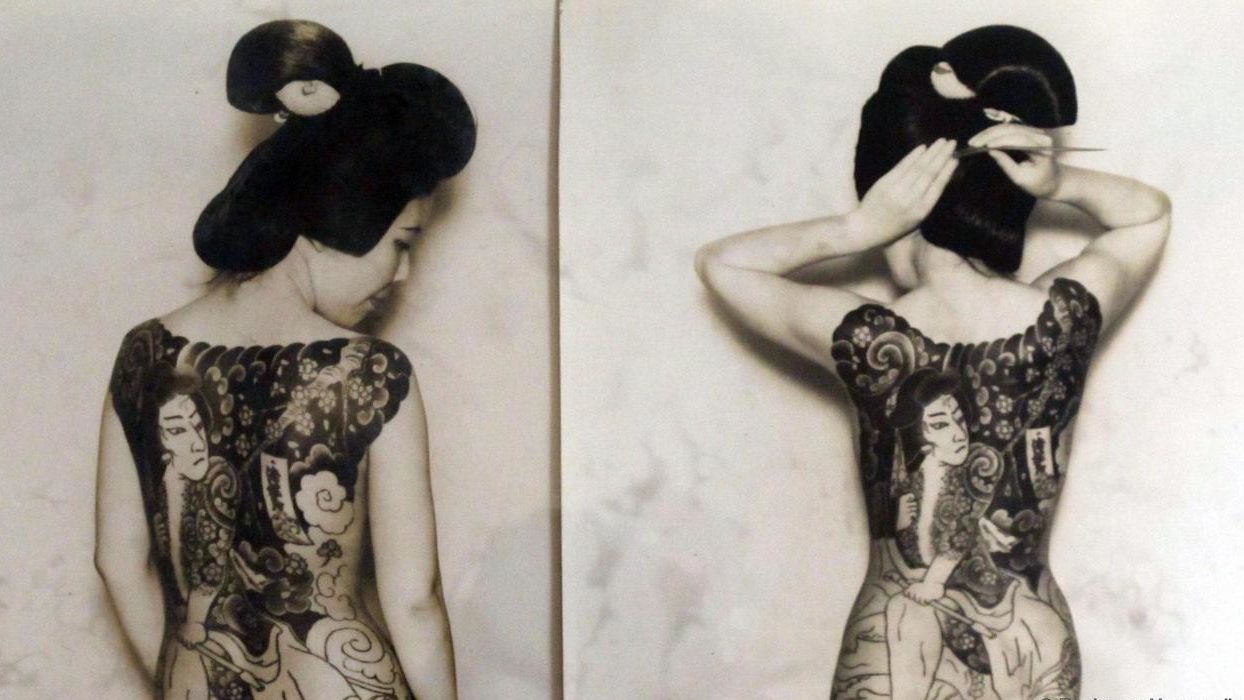There are a lot of misconceptions that surround features that are as old as time-based on subjective perception. People barely accept what they do not understand, but in a society that is becoming interconnected every day via technology, we owe it to ourselves to abolish these misconceptions and embrace features that in no way define them completely as a people.
Tattoos

Tattoos
One of the oldest art forms, the tattoo has arguably been in existence since 12,000 years BC. In recorded history, the earliest tattoos can be found in Egypt and when they expanded their empire, the art spread as well. Around 2000 BC tattooing spread to China, the early Britons used tattoos in ceremonies. In 787 AD, Pope Hadrian banned tattooing but it still thrived in Britain until the Norman Invasion of 1066 and it disappeared from Western culture. As it diminished in the west, it thrived in Japan. At first, it was used to mark criminals as offenses were marked with lines till they formed the Japanese character for the dog on perpetrators. It soon escalated from a criminal mark to an aesthetic art form. Today, it is seen as an art and a mode of expression for individuals. With the technology to creating unique and phenomenal body art, it has reached a new plateau.
Piercings

Piercings
Piercing dates back to Bible times and earlier. The oldest mummified remains ever discovered had earrings, nose piercings have documentation as far back as 1500 BC. While lip and tongue piercings were historically found in African and American tribal cultures. It wasn’t till the 1960s that ear piercings grew popular in the West. There was an awakening in the 1970s as the punk movement embraced it even with unconventional adornment such as safety pins. This body modification is quite controversial and that can be due to the fact that the reasons for and against it are varied. Some people pierce for religious or spiritual reasons, while others pierce for self-expression, aesthetic value, sexual pleasure, to conform to their culture or to rebel against it. The controversy is majorly around youths. Recently, the practice has become subject to trends and fashion.
Beards

Beards
Scientists say that prehistoric men used beards as a means of warmth, intimidation, and protection. In ancient Greece, beards were seen as a sign of honour and cut as punishment. The Anglo-Saxons wore beards till Christianity came around and the clergy were required by law to shave. English princes sported mustaches until 1066-1087 CE until a law by William I mandated them to shave to conform with Norman fashions. In most recent times, beards have come on board as a means of separating boys from the men. Over here in Nigeria, there are mixed emotions about sporting a beard as it is affiliated with unkempt nature and fanaticism but the reality is that the new generation of men sporting beards keep it to amplify their masculinity.
Dreads

Bob Marley dreadlocks
According to Dr. Bert Ashe in his book Twisted: My Dreadlock Chronicles, the first written evidence of the existence of the hairstyle is in India's Vedic scriptures, as worn by the deity Shiva. Anthropologists discovered mummies of ancient Egypt with their hair still intact with locks. Another appearance of dreadlocks in the Bible was in reference to the story of Samson and Delilah. According to Roman accounts, the Celts were described to have 'hair like snakes'. Germanic tribes, Greeks, and the Vikings are all said to have worn dreadlocks too. The greatest misconception of dreadlocks was begotten from Rastafarianism. In the 1930s when Ras Tafari was the crowned emperor of Ethiopia and was forced into exile, guerrilla warriors swore not to cut their hair until the emperor was reinstated. It was seen as a threat to Christianity and came under attack by the authorities. Their dreadlocks were thought to be disgusting and frightening as well as their lifestyle. The hairstyle was reinvented by icon Bob Marley and is changing the conversation and promoting international interest in the style.







No comments:
Post a Comment